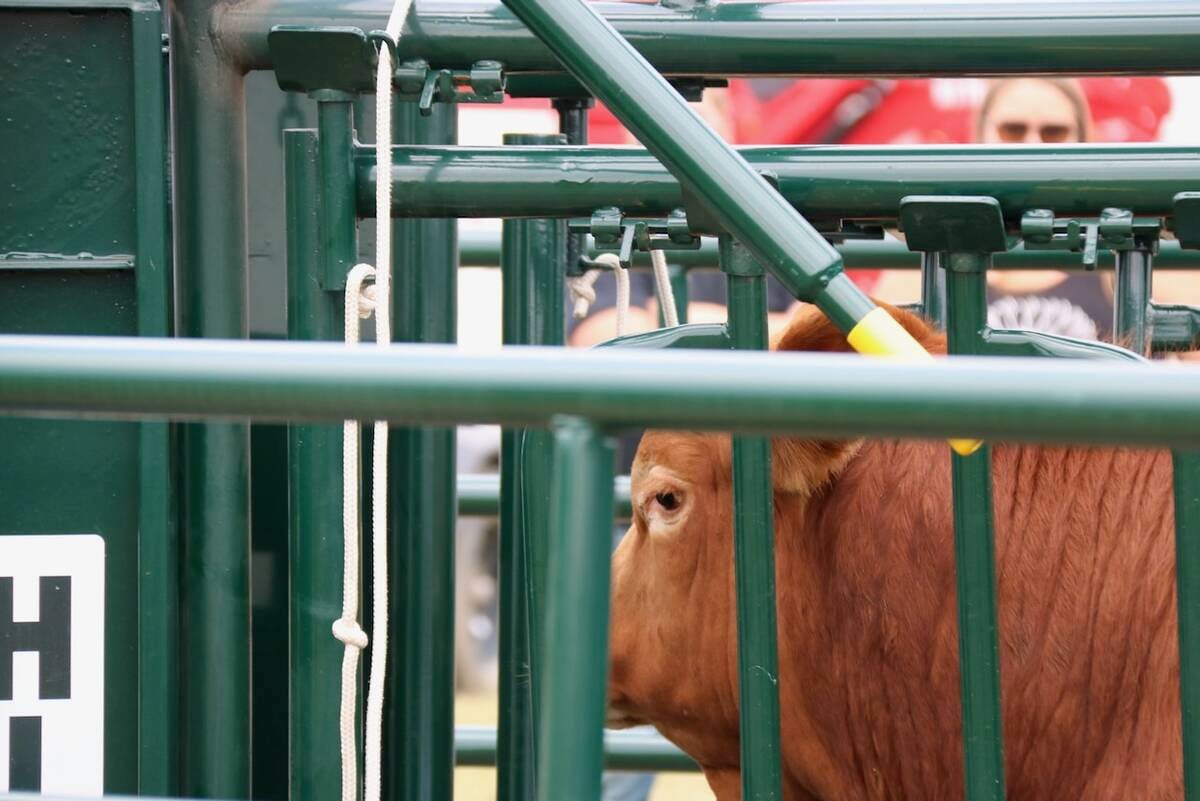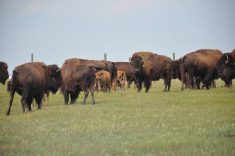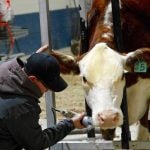Finding out part of his ranch was nominated as a special place is no honor for Norm Ward.
The Granum, Alta.-area rancher and president of the Western Stock Growers Association recently received written notice that a portion of the crown land he rents for pasture has been selected for environmental protection. The nomination came through the Special Places 2000 program set up by the province to preserve natural areas.
About 20 ranch operators in Ward’s district were notified that some of their leased land has been nominated under this program.
Read Also

Good handling equipment a must on cattle operations
It’s important for the safety of producers and everyone else dealing with their stock that handling equipment is functional and safe.
Because his land contains desirable characteristics like native grasses, lakeshore and riverbank habitat, he is sure it will receive a special designation. The land could be deemed an ecological reserve, wilderness area, natural area or fall under a new designation, heritage rangeland.
He fears any of these designations could restrict when and how many cattle enter an area, and could shorten grazing periods.
A local committee will be appointed by the government to decide if the land should be designated a special place. A long-term management plan is then compiled. Ward’s best hope is to get on the local committee.
The conundrum is that the local committee determines how a neighbor’s leased land is managed. He considers that an infringement on individual property rights.
“I have a hard time with that one,” said Ward.
As president of the stock growers, he has led numerous delegations that have tried to convince provincial minister of the environment Ty Lund to rethink the concept.
Lund promised ranchers there will be no changes to grazing rights. They want assurances that they can continue to use the land and maintain the right to control public access to leased land.
While they maintain the right to graze, leaseholders have learned they are responsible for public liability on these lands.
If a tourist is hurt in a fall, gets attacked by a bull or starts a fire, the leaseholder could be held liable.
Ward said a grass fire could cost his family $100,000 to replace lost feed. Further, there is no promise of compensation to the leaseholder for damages caused by the public who want to see special land formations or wildlife in protected areas.
In the southeastern Special Areas, more than 800,000 acres were nominated for protection, said Jay Slemp, who heads the board that manages Special Areas.
The nominations were ultimately narrowed down to about 30,000 acres per region affecting about 50 leaseholders in each region, said Slemp.
The Special Areas already come under provincial protection and ranchers leasing pasture there don’t want hordes of tourists on that fragile dry land.
Tourist attraction
However, ranchers concede they may be forced to grant entry to those who want to see natural areas and endangered species.
“Once these areas are found, how do you protect it?” said Slemp.
Proposals for protection include the Bodo area, east of Consort on the Saskatchewan border, Grassy Island and the Hand Hills near Hanna. These areas contain fescue grasslands, mixed grasses, parkland and dry mixed grasses.
Now that these lands have been selected, the next step is to establish local committees of 10 people each to examine proposals. These committees will be set up soon.















